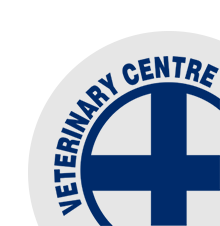Causes of Mastitis We Have Identified this Month
/It seems that most of our clients are having a pretty good run mastitis wise this month. We have not noticed the almost predictable spike in number of mastitis cases and BMSCC that often occurs a couple of weeks into mating. Red mobs also seem smaller than normal so presumably there are also not many lame cows around either. There does appear to be more of you mowing in front of the cows this year. There is a very small risk that you could get a thermoduric alert/grade if the grass is mown too far in front of the cows. Prolong wilting conditions allow decomposition of the grass to occur, and then thermoduric spores are ingested and concentrated in the cows’ faeces that may contaminate the bulk milk. This happens rarely, but if you do get a thermoduric alert and the rubberware is not past its “use by date”(liners only 2500 milkings) and there are no protein deposits in the pipes this is a possibility to consider. Mowing in the dry and feeding within 36 hours should be fine.
The majority of mastitis cases we have cultured this last month have been “coliform/gram negative”bugs and thankfully they are not causing toxic cows. It is likely these represent opportunistic infections when the udder has come into contact with mud/slurry. When you get the chance, check the entrance and exit ways and give them a scrape, if they are ponding water or damp. It is invariably the area closest to the shed that is the problem (or around underpasses). Cows during AI are often using these areas more than twice a day or being held on the race near the shed. Scrape under the fence so that you do not get a ridge or gutter that prevents drainage.





